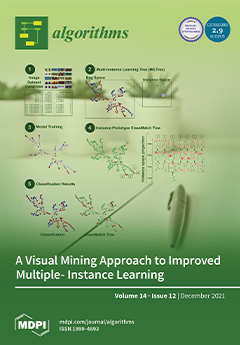In this work, we give provable sieving algorithms for the Shortest Vector Problem (SVP) and the Closest Vector Problem (CVP) on lattices in
norm (
). The running time we obtain is better than existing provable
[...] Read more.
In this work, we give provable sieving algorithms for the Shortest Vector Problem (SVP) and the Closest Vector Problem (CVP) on lattices in
norm (
). The running time we obtain is better than existing provable sieving algorithms. We give a new linear sieving procedure that works for all
norm (
). The main idea is to divide the space into hypercubes such that each vector can be mapped efficiently to a sub-region. We achieve a time complexity of
, which is much less than the
complexity of the previous best algorithm. We also introduce a mixed sieving procedure, where a point is mapped to a hypercube within a ball and then a quadratic sieve is performed within each hypercube. This improves the running time, especially in the
norm, where we achieve a time complexity of
, while the List Sieve Birthday algorithm has a running time of
. We adopt our sieving techniques to approximation algorithms for SVP and CVP in
norm (
) and show that our algorithm has a running time of
, while previous algorithms have a time complexity of
.
Full article





